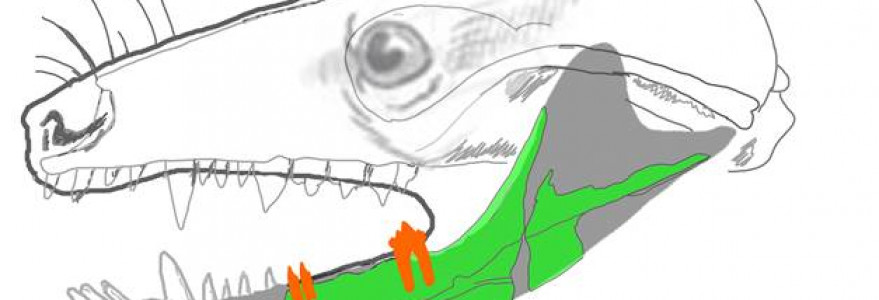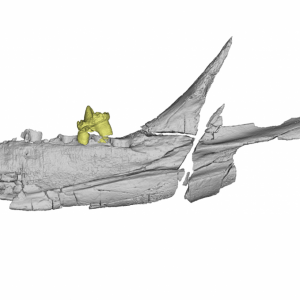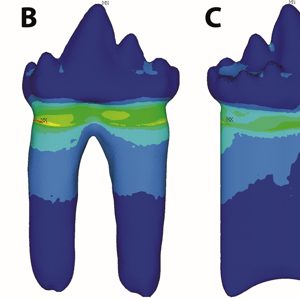Dr. Mateusz Tałanda from the UW Faculty of Biology is one of the scientists that conducted research on an early mammaliform displaying tooth anatomy. The description of a new species called Kalaallitkigun jenkinsi has just been published in the prestigious journal “Proceedings of the National Academy of Sciences of the United States of America”.
A study finds an early mammaliform displaying tooth anatomy that gives insight into the development of structures such as complex molars and multiple roots. A landmark in the development of mammalian teeth is in the haramiyidan mammaliforms, which developed double rows of cusps on molar-like teeth adapted for omnivorous feeding.
The origin of the multi-cusped pattern, however, is unclear. Dr. Grzegorz Niedźwiedzki and colleagues analyzed via CT scanning the dentary anatomy and tooth structure of a recently described mammaliform species, Kalaallitkigun jenkinsi, discovered on the eastern coast of Greenland and dated Late Triassic.
The species exhibits the earliest known mandibles with two rows of cusps on molars and double-rooted teeth. The denture and tooth structure place K. jenkinsi in an intermediate position between haramiyidans and the earlier morganucodontids, although with teeth nearly twice the size of morganucodontids and similar in size to haramiyidans. The species offers insight into mammal tooth evolution, particularly the development of double-rooted teeth. The biomechanical analysis found that double-rooted teeth are better able to withstand mechanical stresses, including those of upper and lower tooth contact during biting, than single-rooted teeth.
According to the authors, the results suggest that the development of molar-like teeth with crowns may have developed together with biomechanically optimized dual roots.







